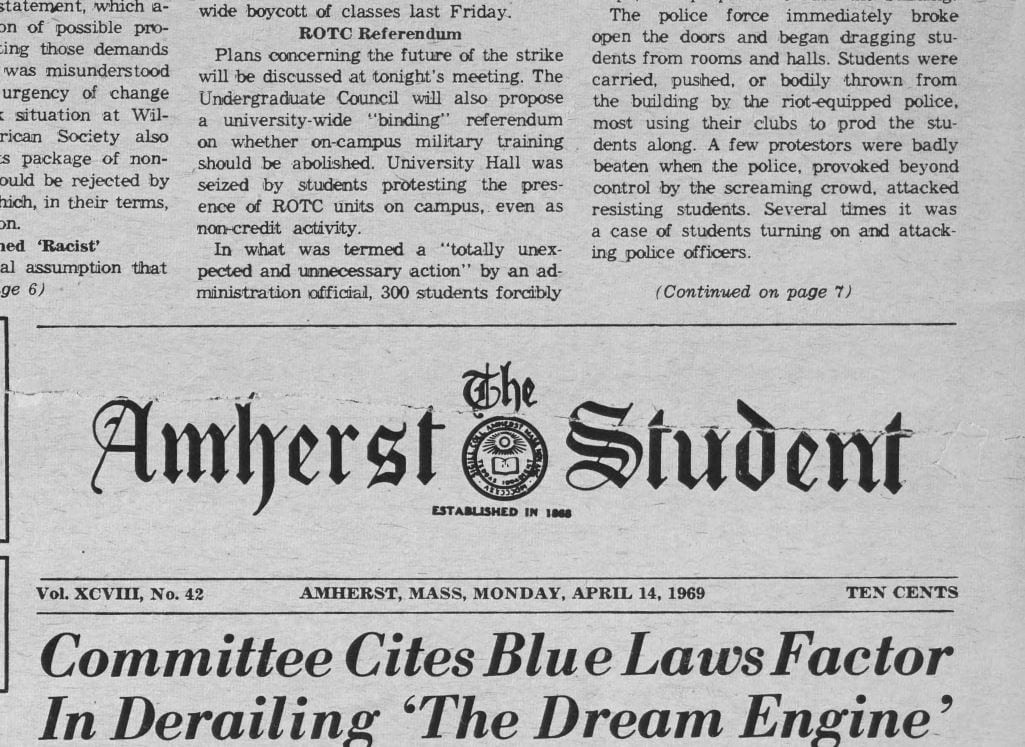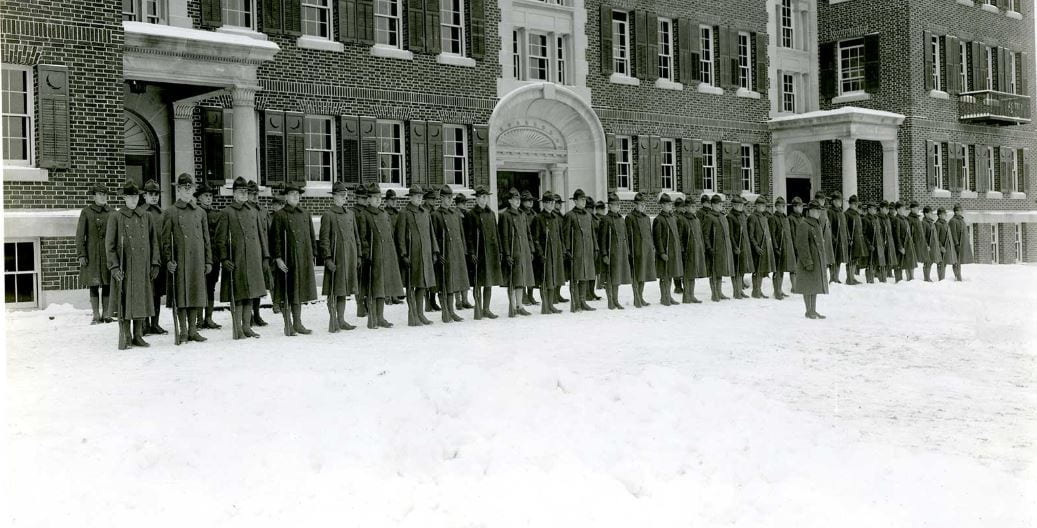What lessons can we learn from the past?
Have we truly learned the lesson from disasters in the past?
The experience of a disaster always creates an immediate impact. Whether it be ensuring a campus building is fire-proofed or causing students to question internal beliefs and ideologies, various disasters have forced the Amherst community to process life, ideas, and knowledge in new and uncomfortable ways. Various pandemics on Amherst’s campus caused health officials, faculty, and the governing President to establish precautions and health regulations to protect student well-being.
Not merely does the Amherst community feel the immediate aftermath of a disaster but the impact of a disaster prior to it occurring as the community engages in disaster prevention strategies. And while both impacts fade as students resume normal life on campus or workers finish fireproofing a newly-built dormitory, previous disasters can teach the community long-lasting lessons. For many disasters, there is new growth and the community’s drive to integrate the lessons from such a disaster into daily life. Some disasters, however, are too difficult to recall or reflect back on or are easily forgotten, and a collective group of students or community members may not learn long-lasting lessons from such disasters; many times it is up to the victims when or how to relive and learn from such disasters as fires and floods or incidents of violence or hatred on campus. However, sometimes a disaster calls on the community to create social and political change, one that might benefit the entire group. In those instances, it is important to learn and understand such lessons. After incidents of racial violence and tension or severe illness, it is important to implement change within communities and daily life, and such change has already occurred. However, there is much more work to do. It is crucial to ensure that the community channels the lessons from their experiences with disasters into such change. Such action will reinforce the safety and well-being of all of our community-members. So while it is indeed true that individuals have already learned lessons from some disasters in Amherst’s history, there is more growth and discovery to be done, and there are other ways of understanding these disasters and teaching such lessons to the surrounding community.
If so, what parallels can we draw to the year of 2020 and the future?
Whether it be the COVID-19 epidemic or police brutality, today’s disasters force its witnesses to confront their own ideas and ideologies and create change within their communities. Like various historical disasters, students and faculty within the Amherst community draw lessons and snippets of knowledge from such disasters. Because these disasters are ongoing, they require observers and communities affected to continuously draw information and deepen their own perspectives. These individuals can engage in disaster-prevention strategies whether it be in attempting to change the way people engage with illness or trying to mobilize communities to spread awareness. In these strategies and actions are ways of preventing disasters from repeating and devastating communities impacted even further. While the return of a health-related or natural disaster is inevitable, it is important to draw on the plans, ideas, and information gathered from the disasters of the past and the disasters of today. Learning from the past and the present is crucial to an understanding of the future, and such action will be essential in engaging with future incidents.

The Timeline of Disasters at Amherst
A comprehensive review of previous disasters at the Amherst College Community and an analysis of their types, impacts, and geo-temporal attributes.

What We Talk About When We Talk About “Disasters”
A comparative analysis of how Amherst Student writers use the word “disaster” in different cultural and temporal contexts, building topic models with Voyant and Mallet.

You must be logged in to post a comment.